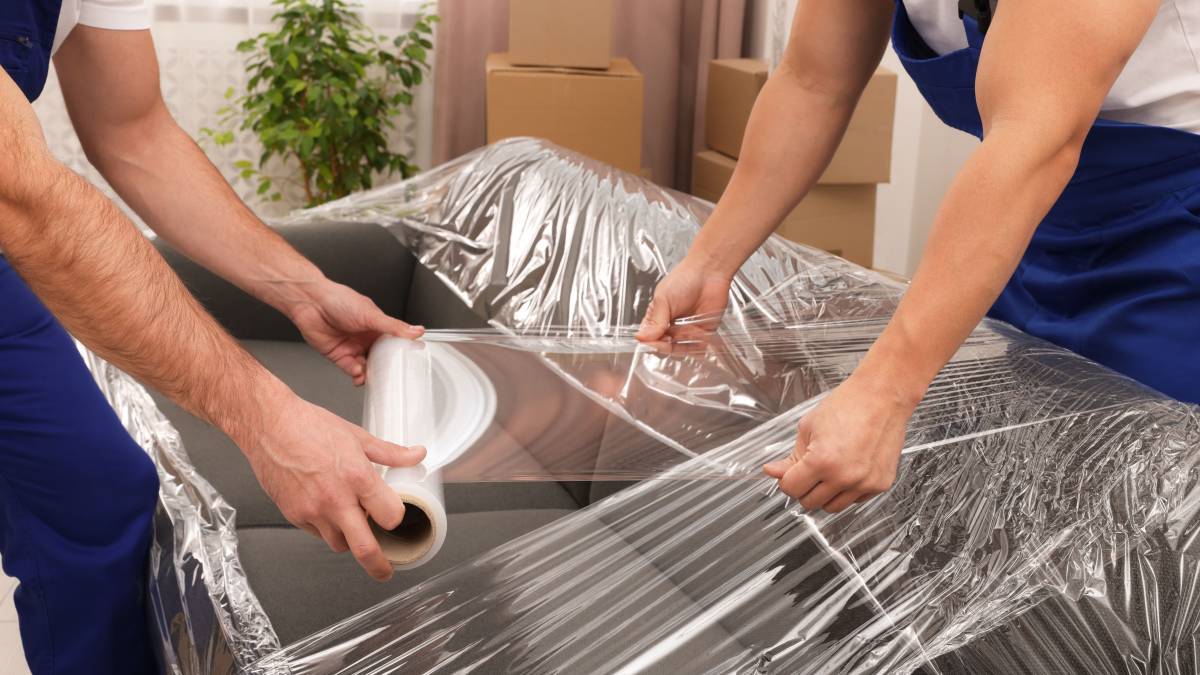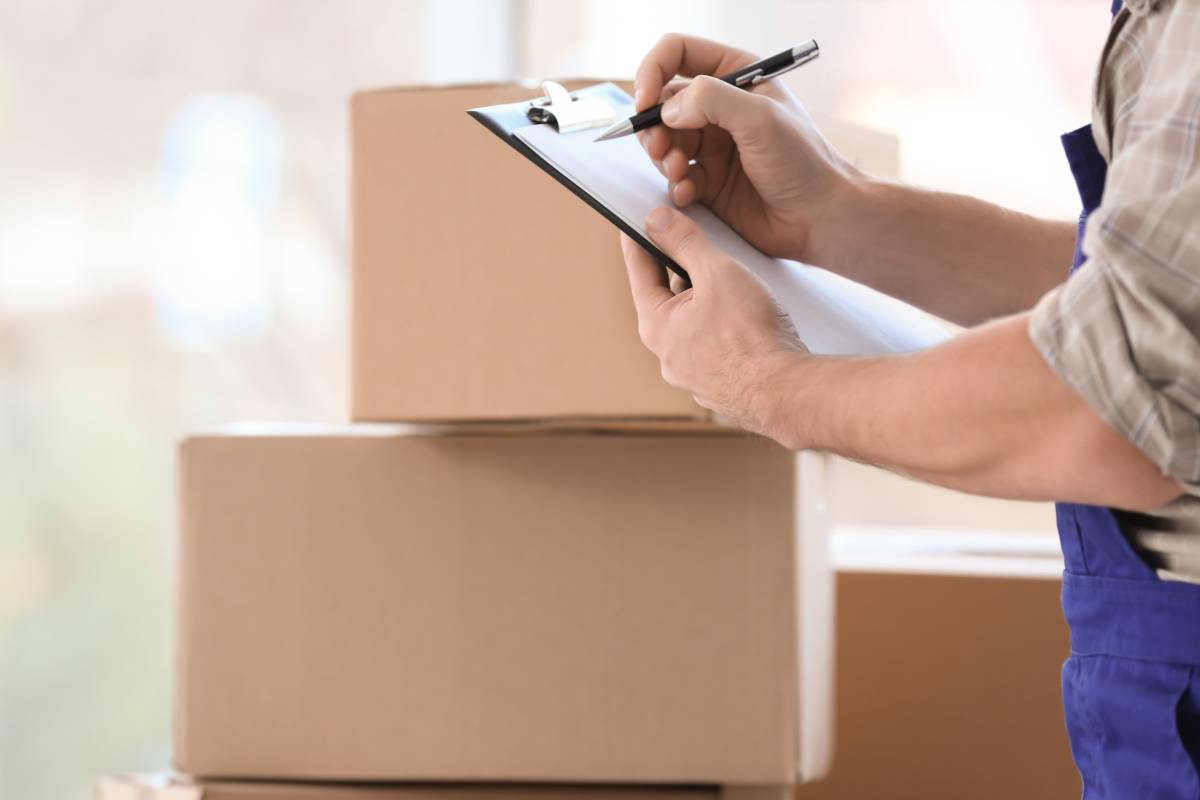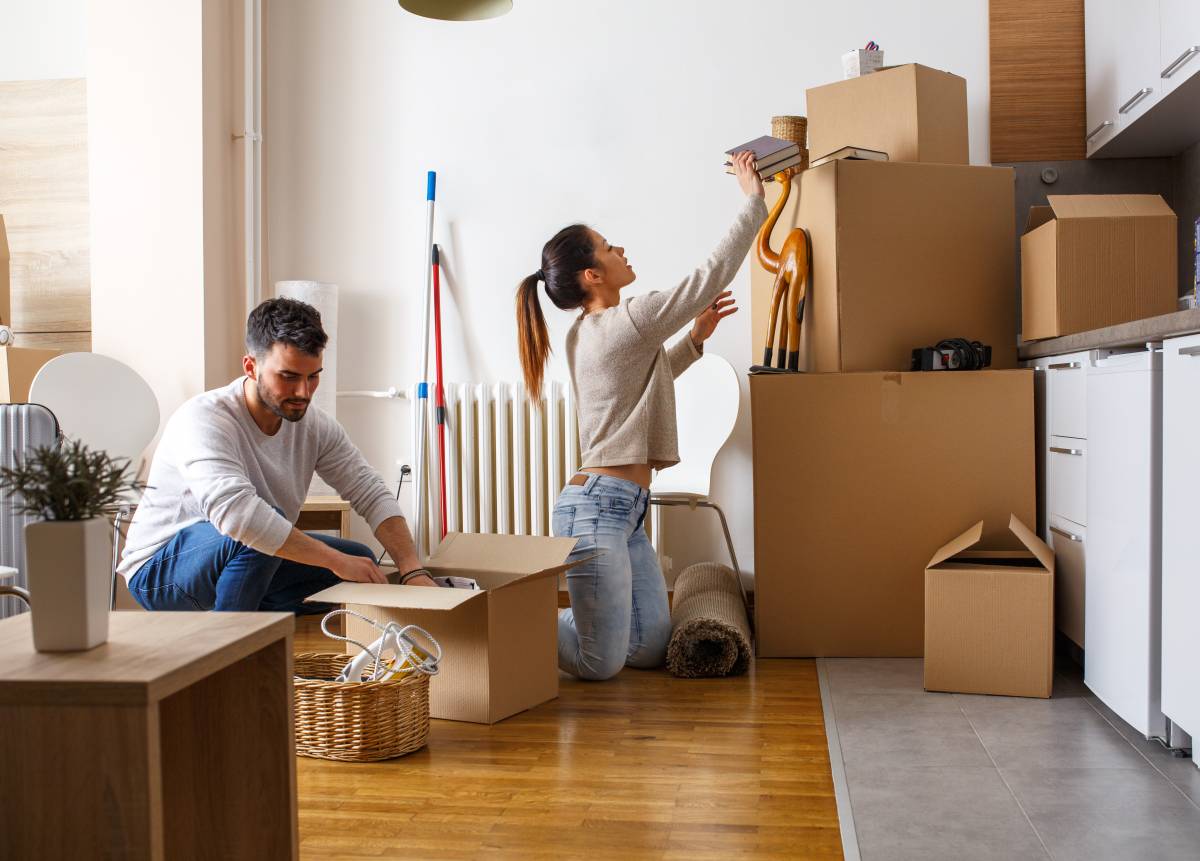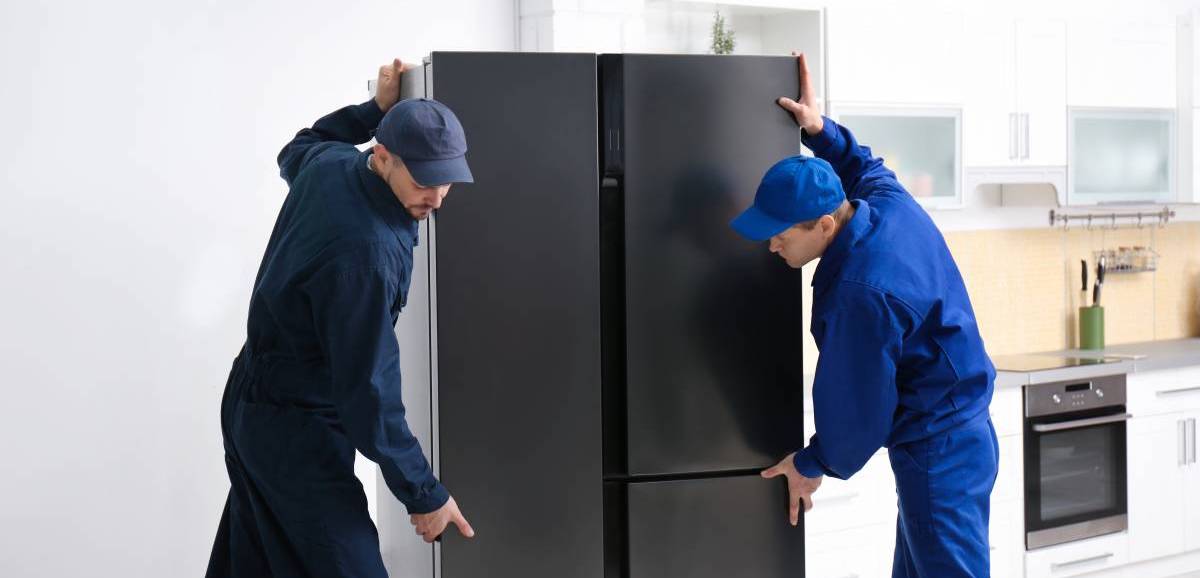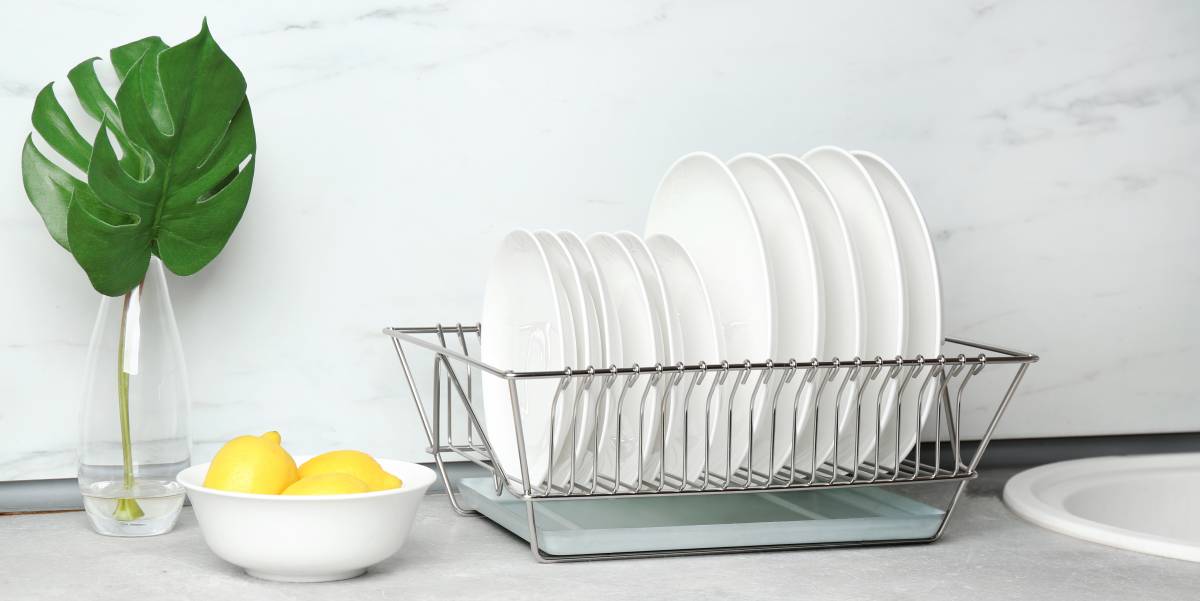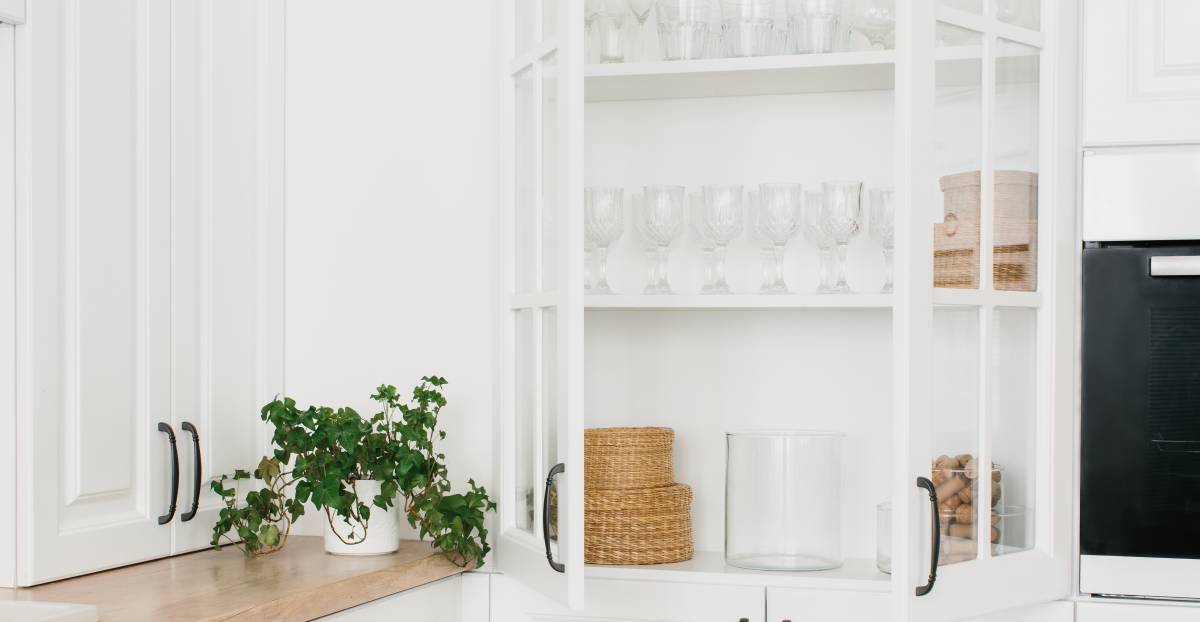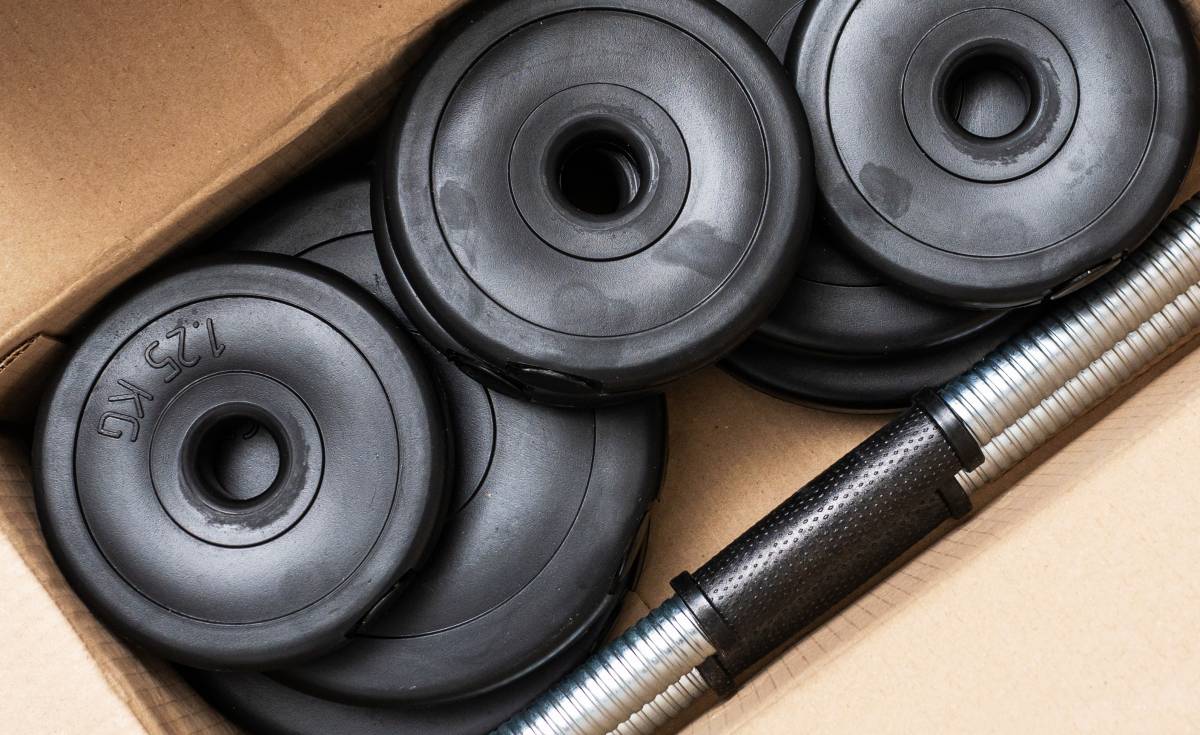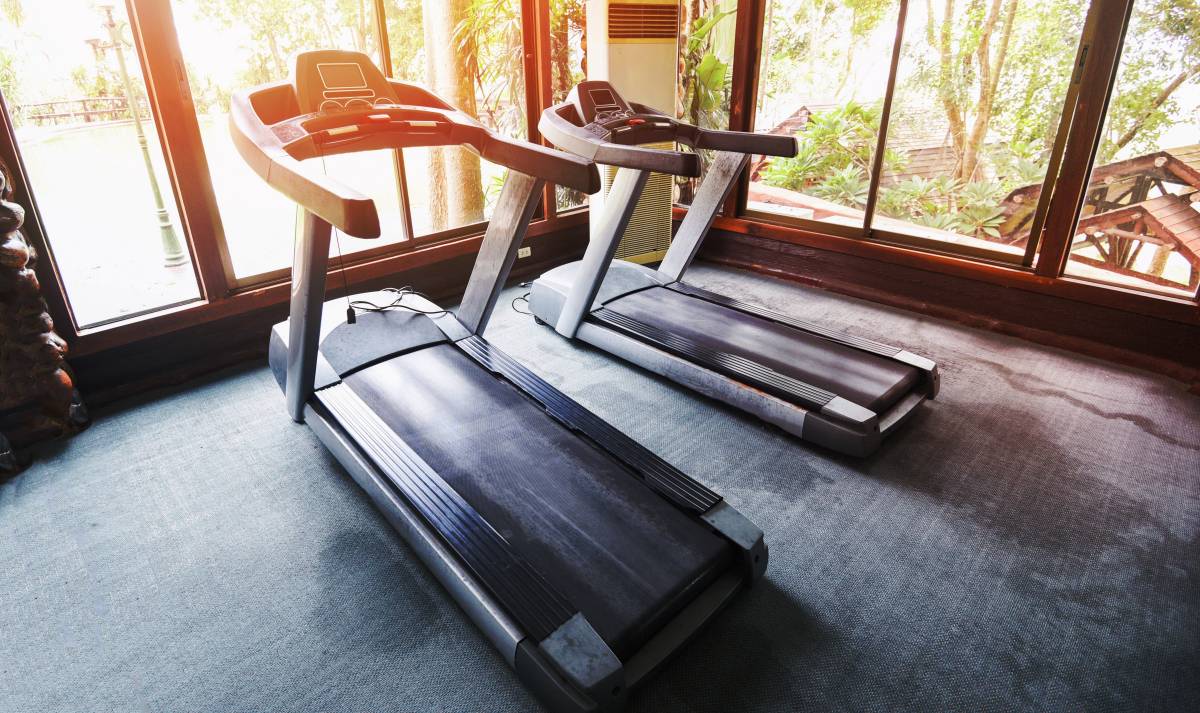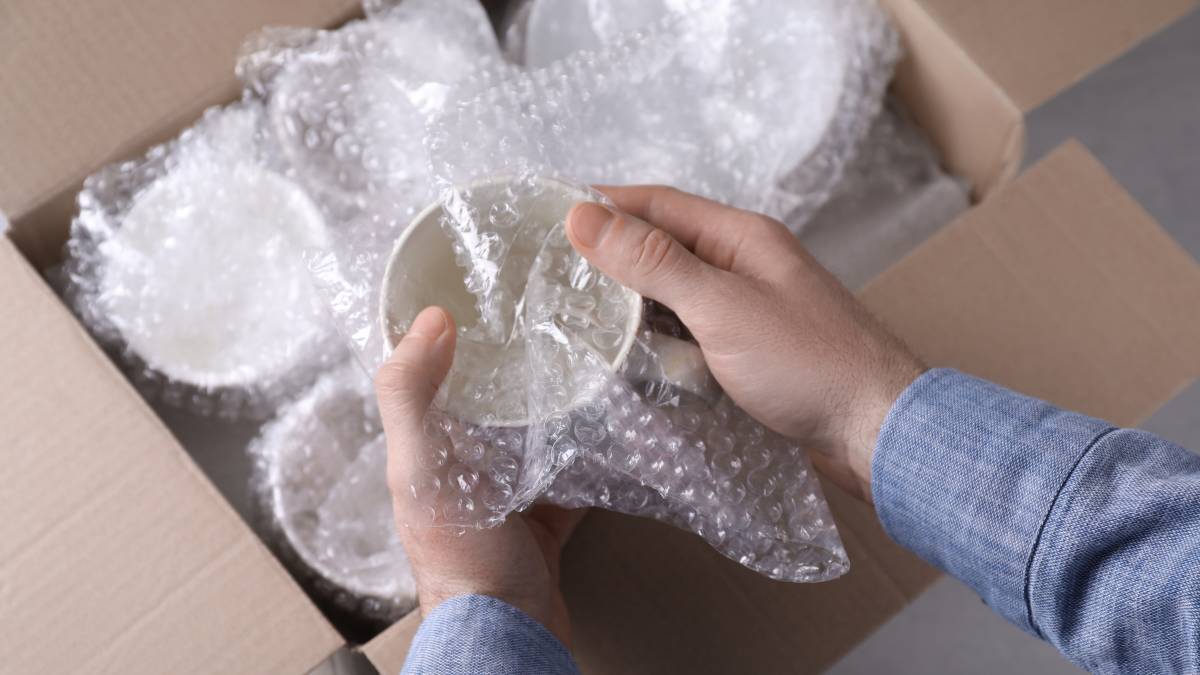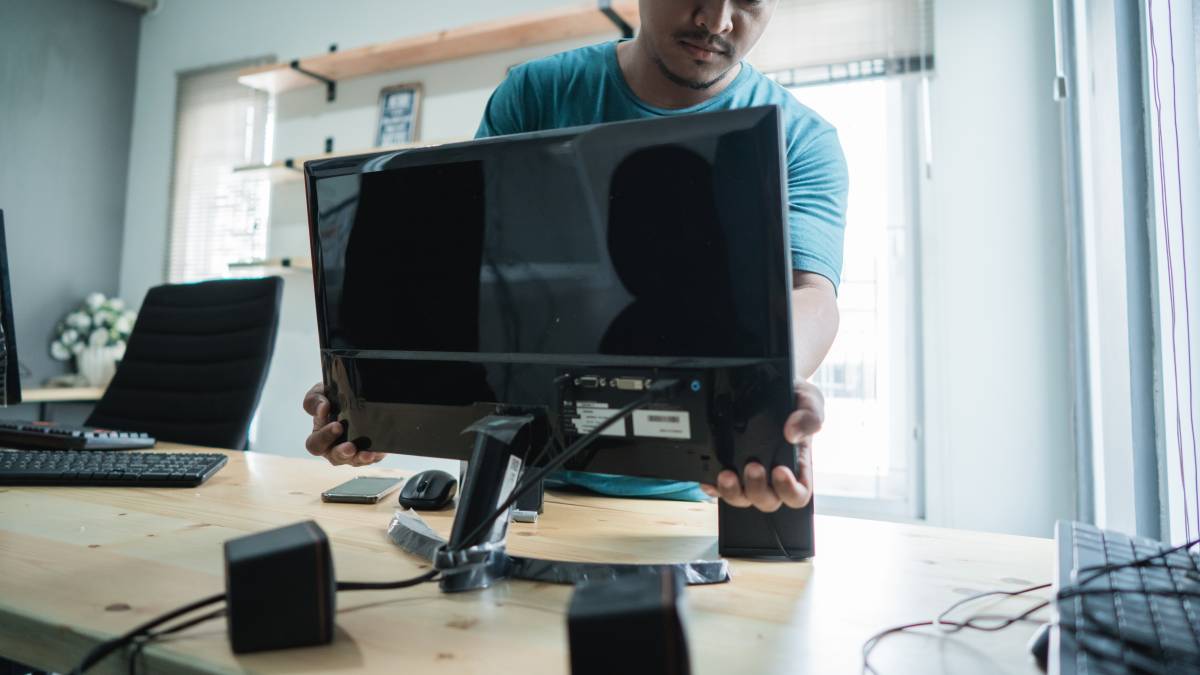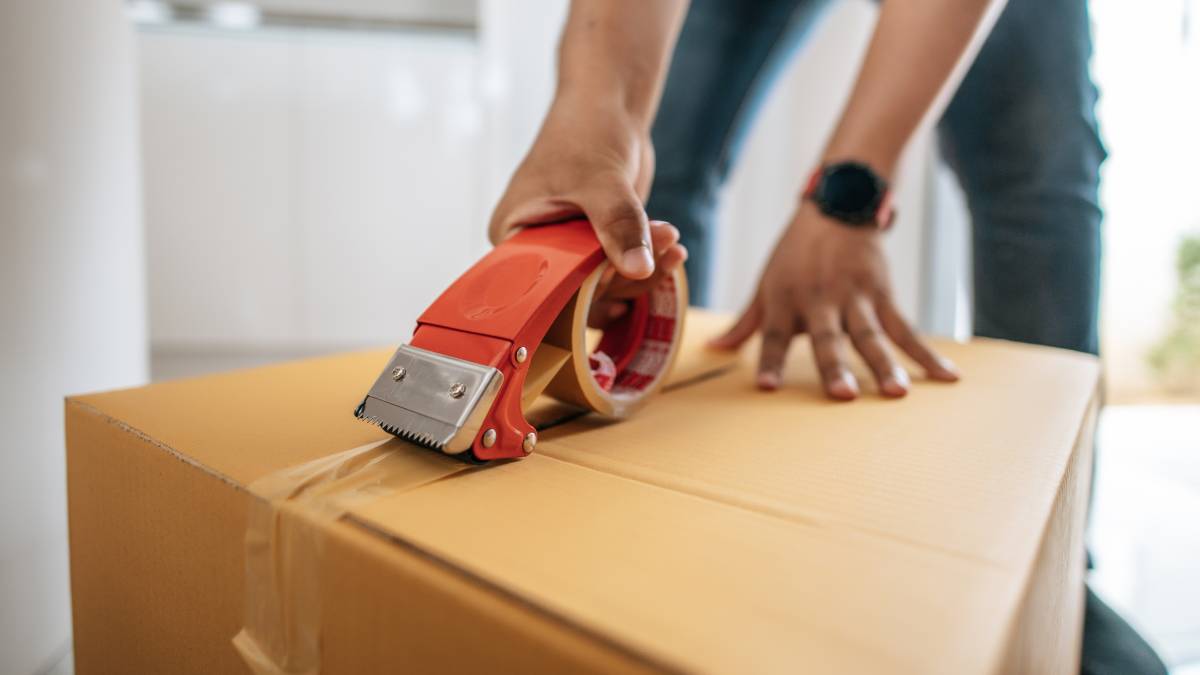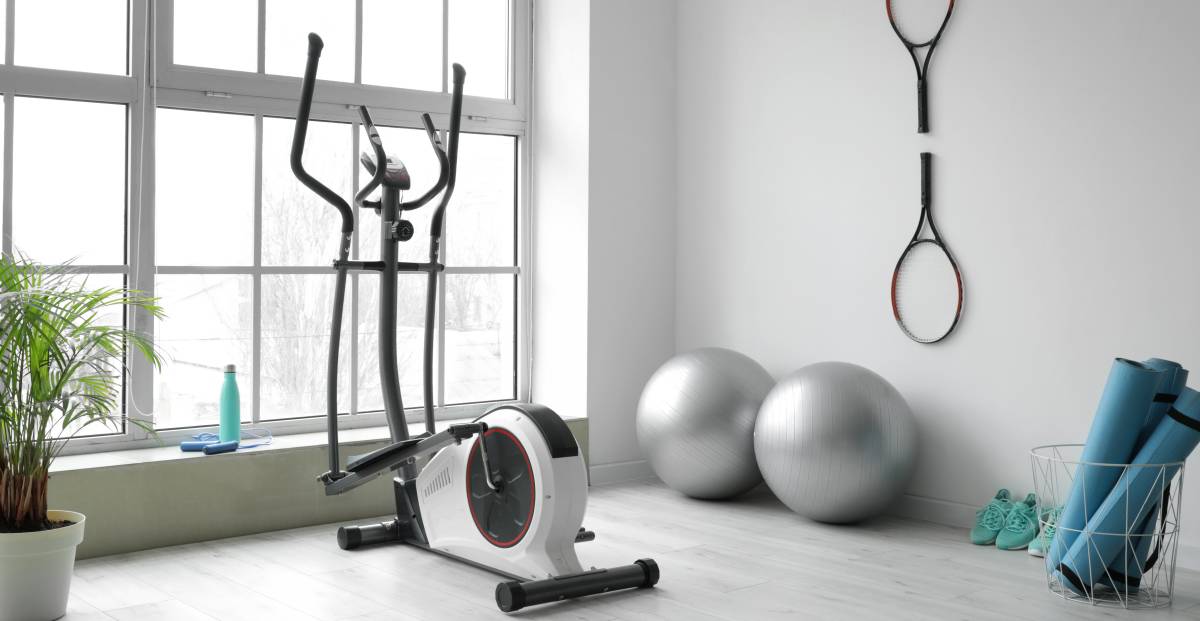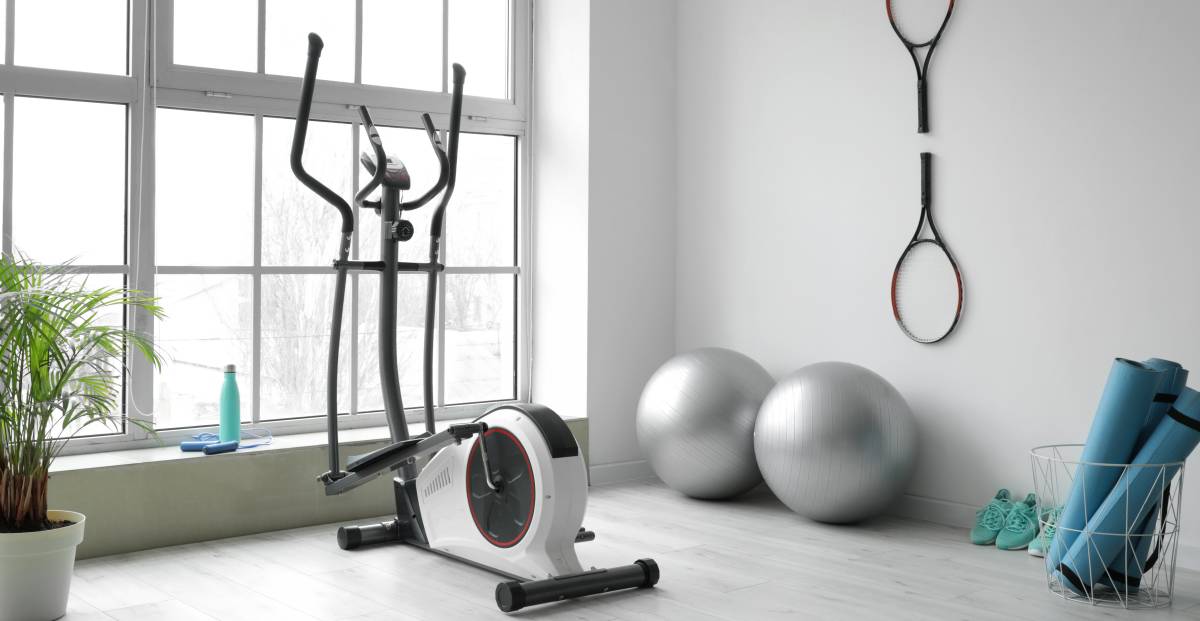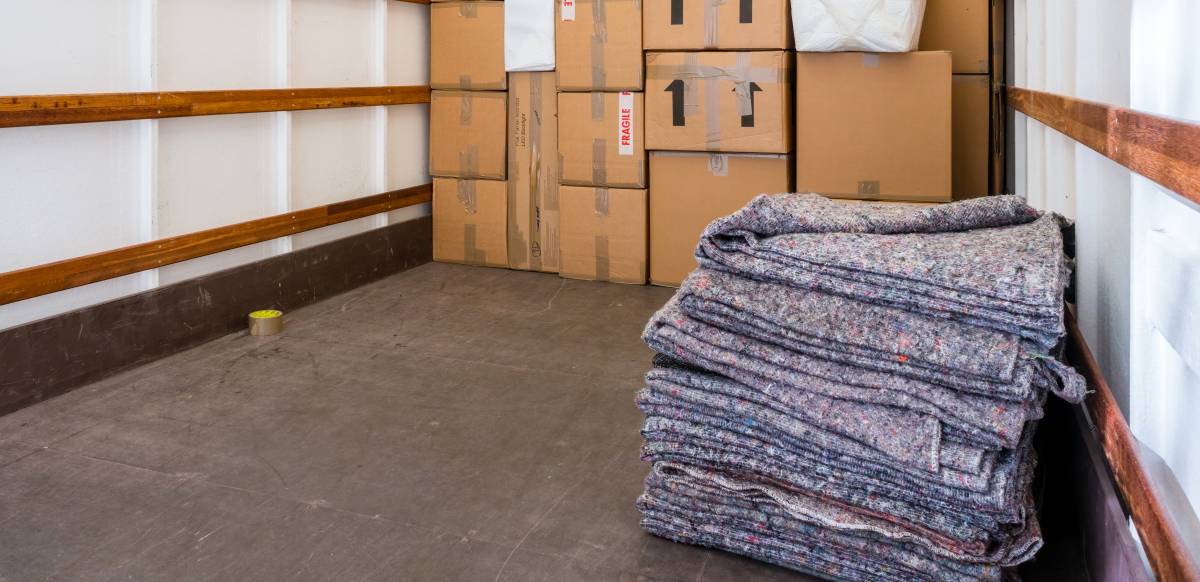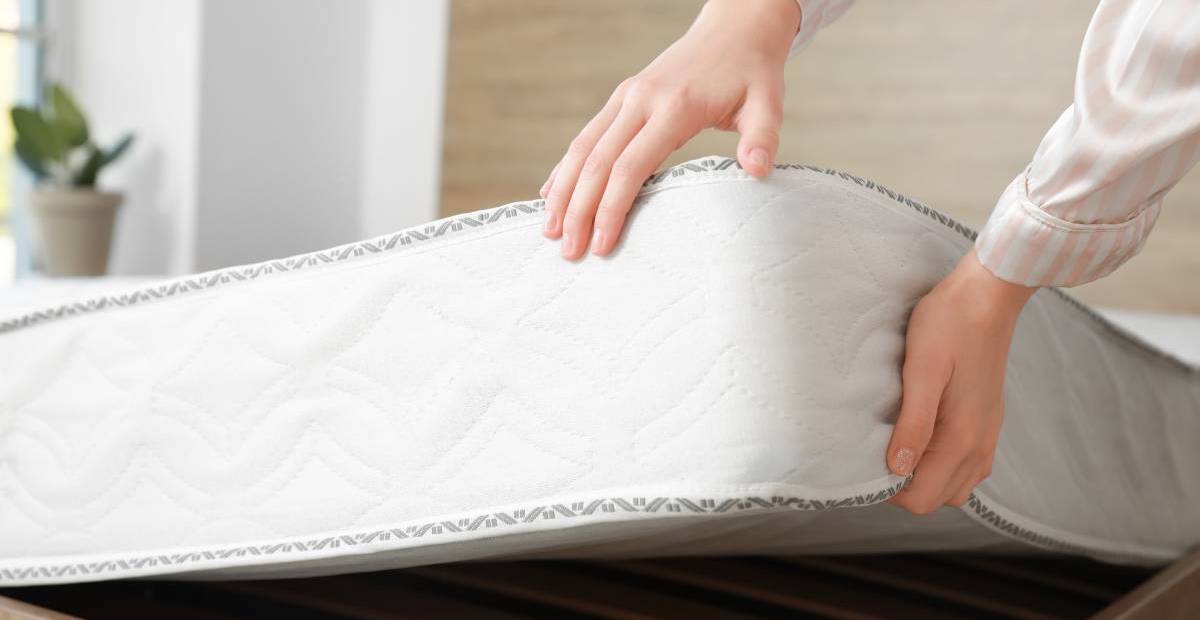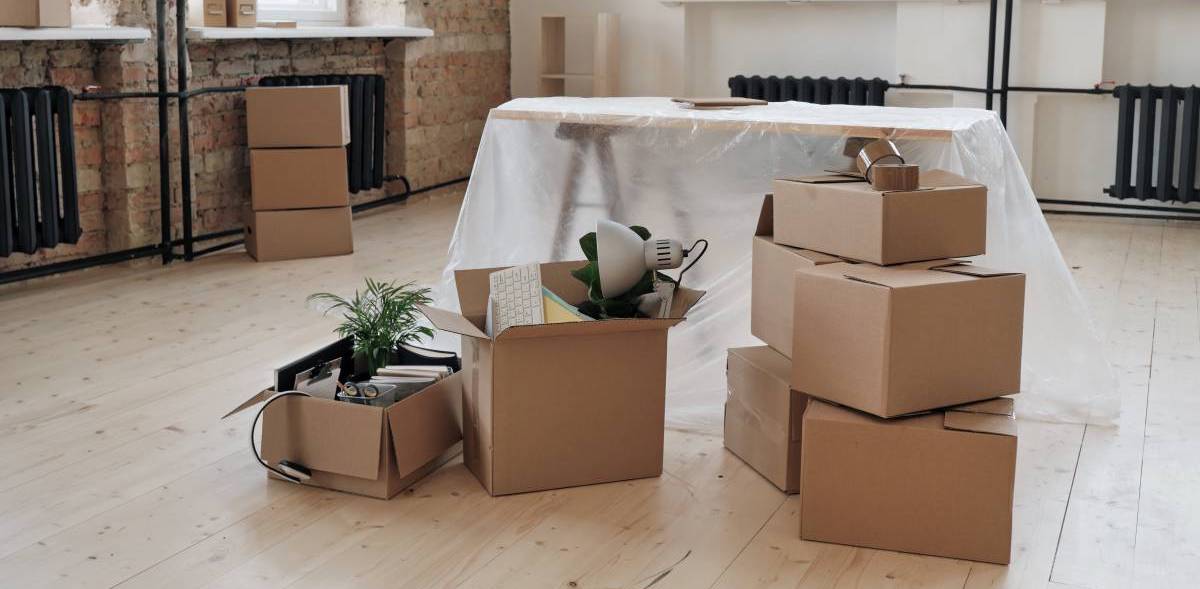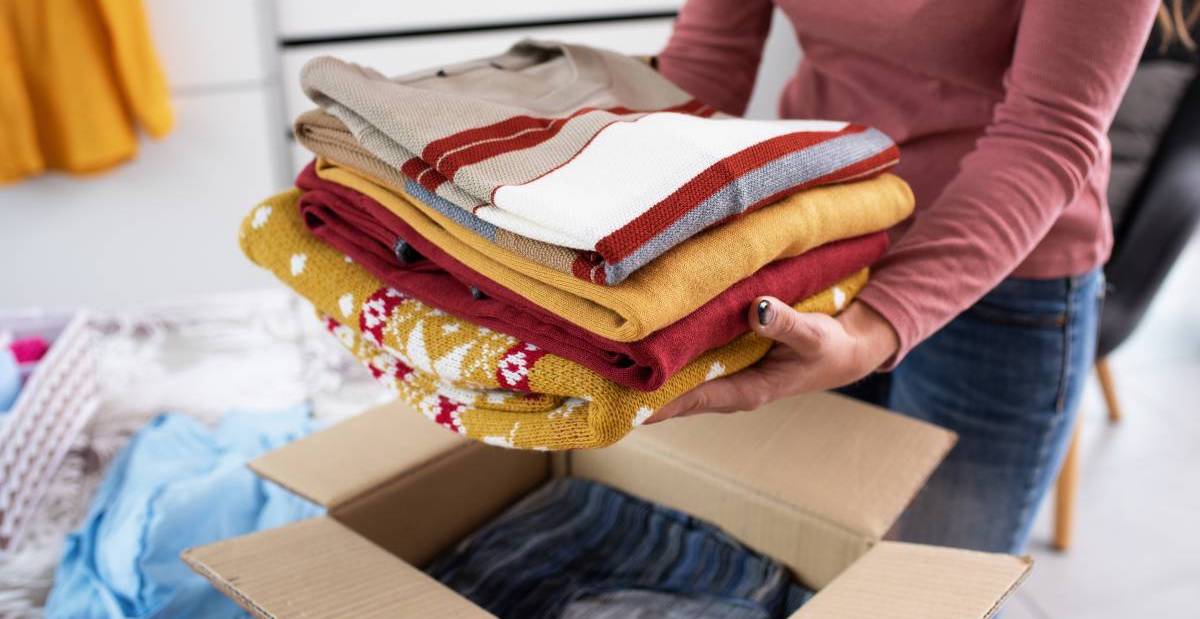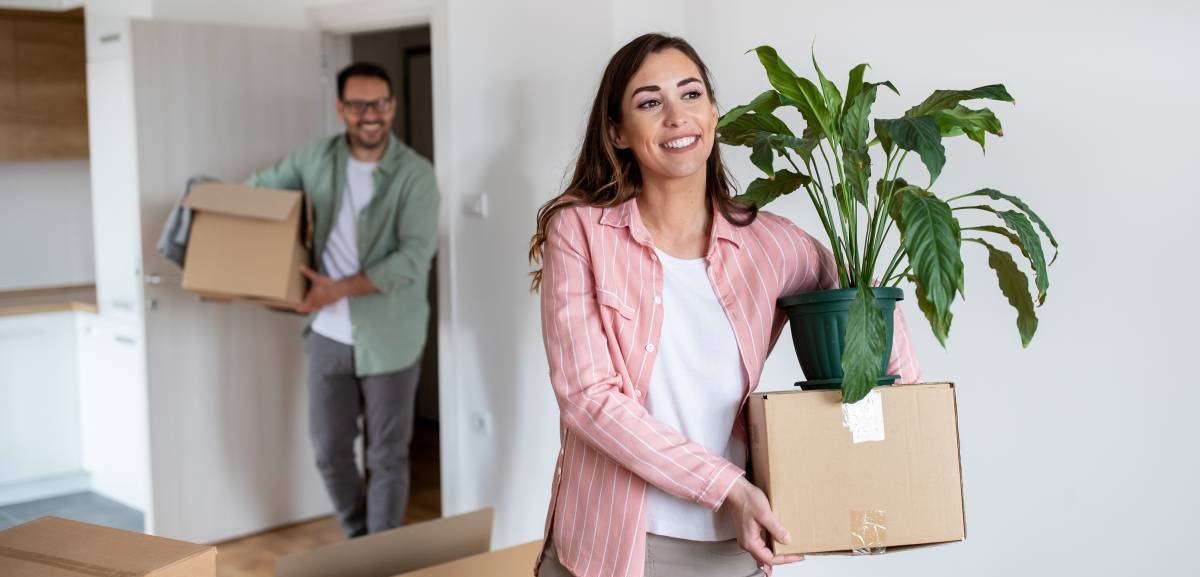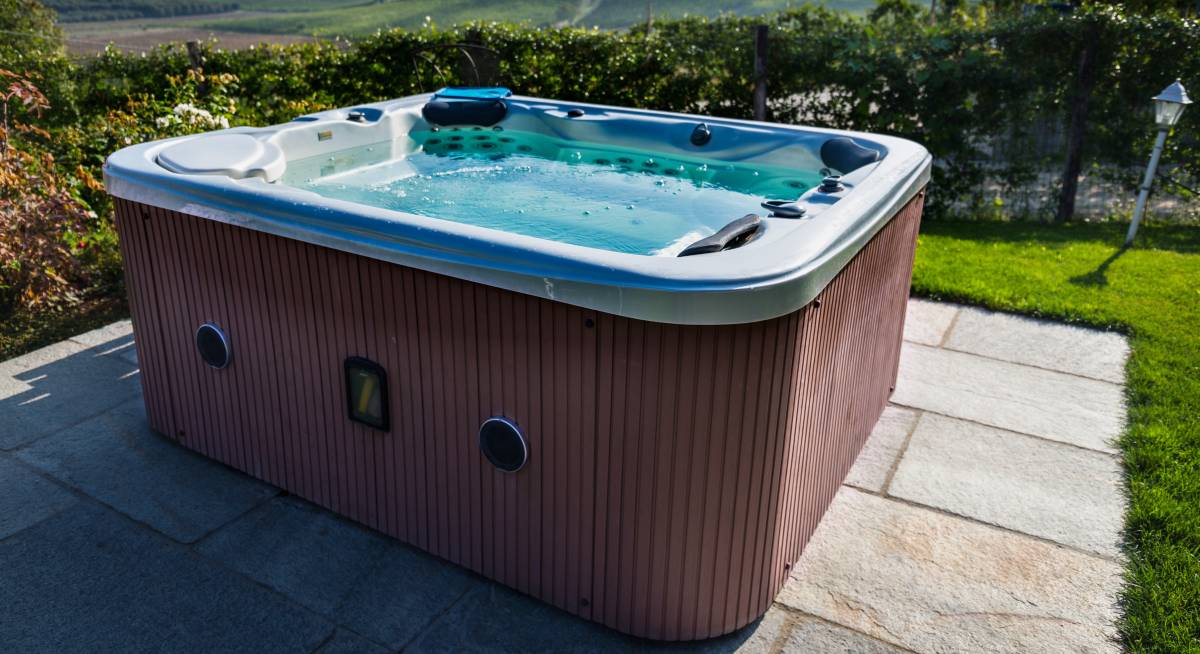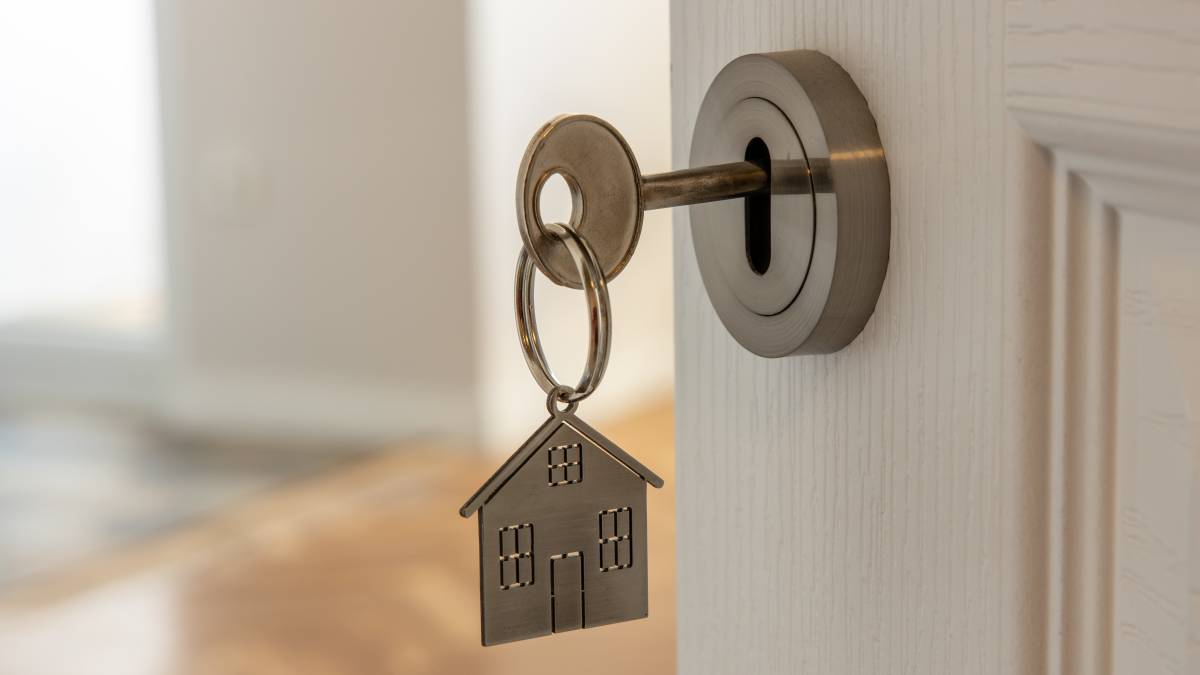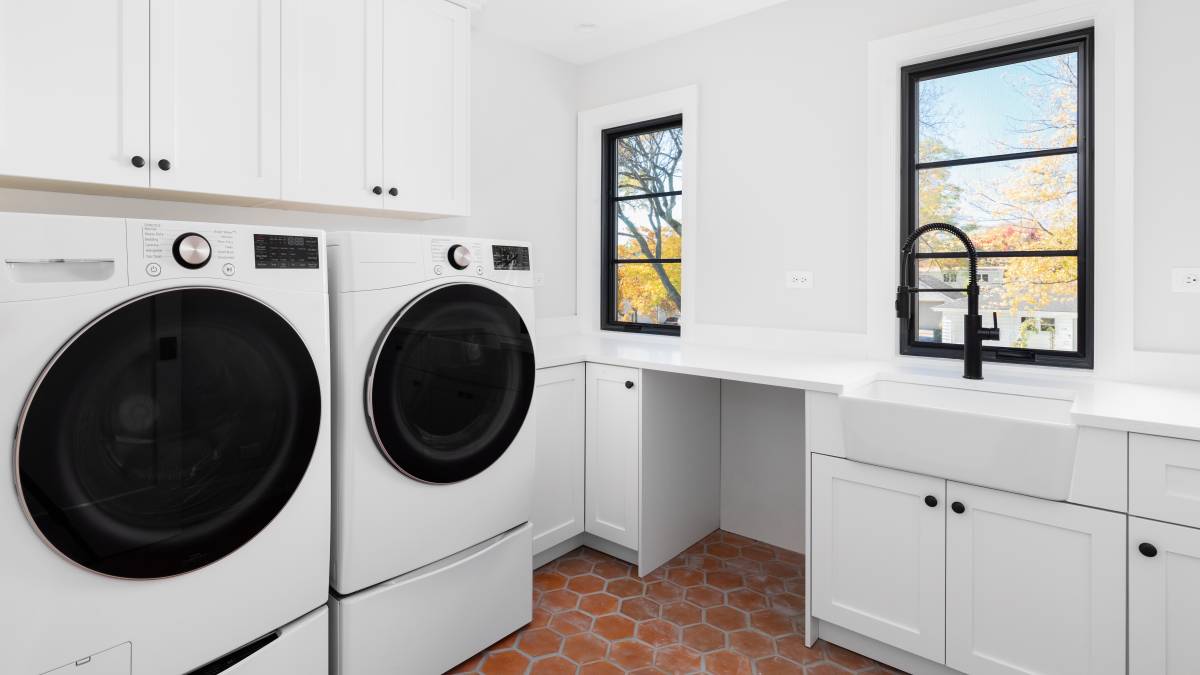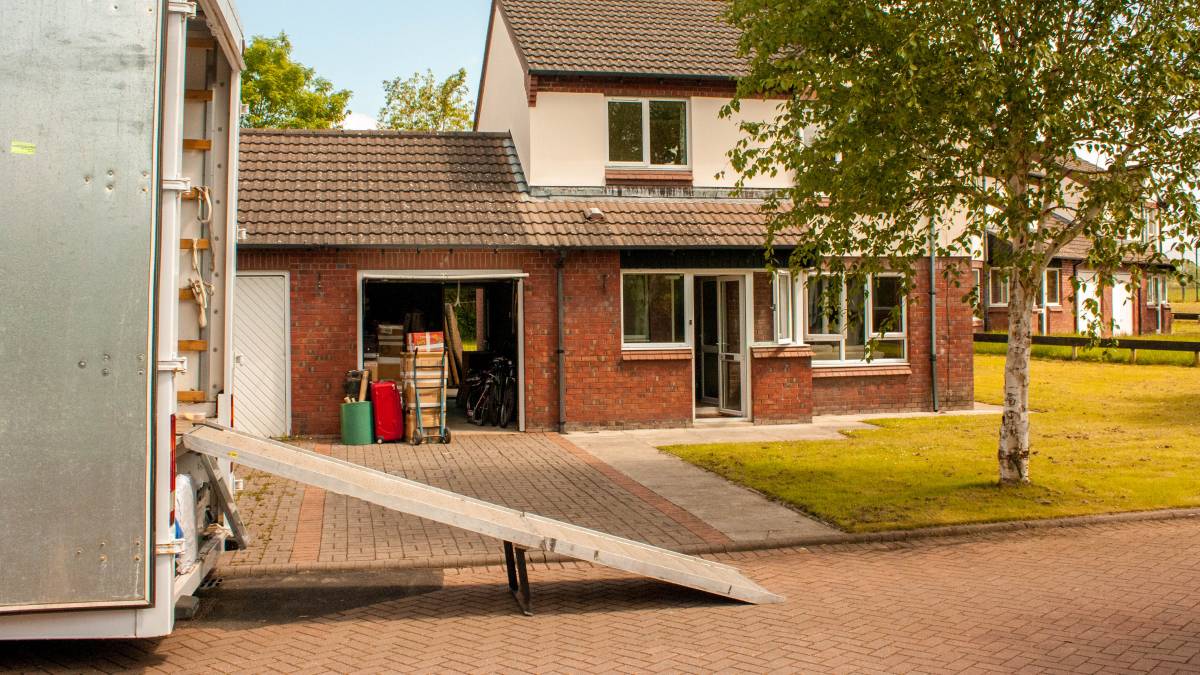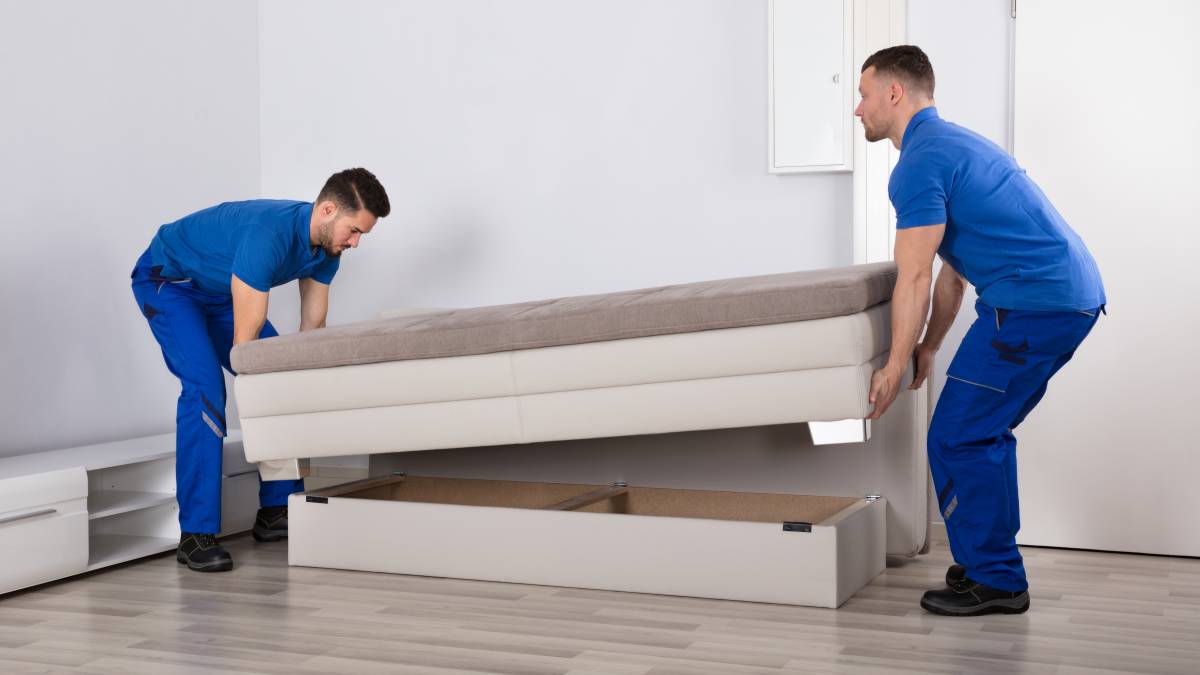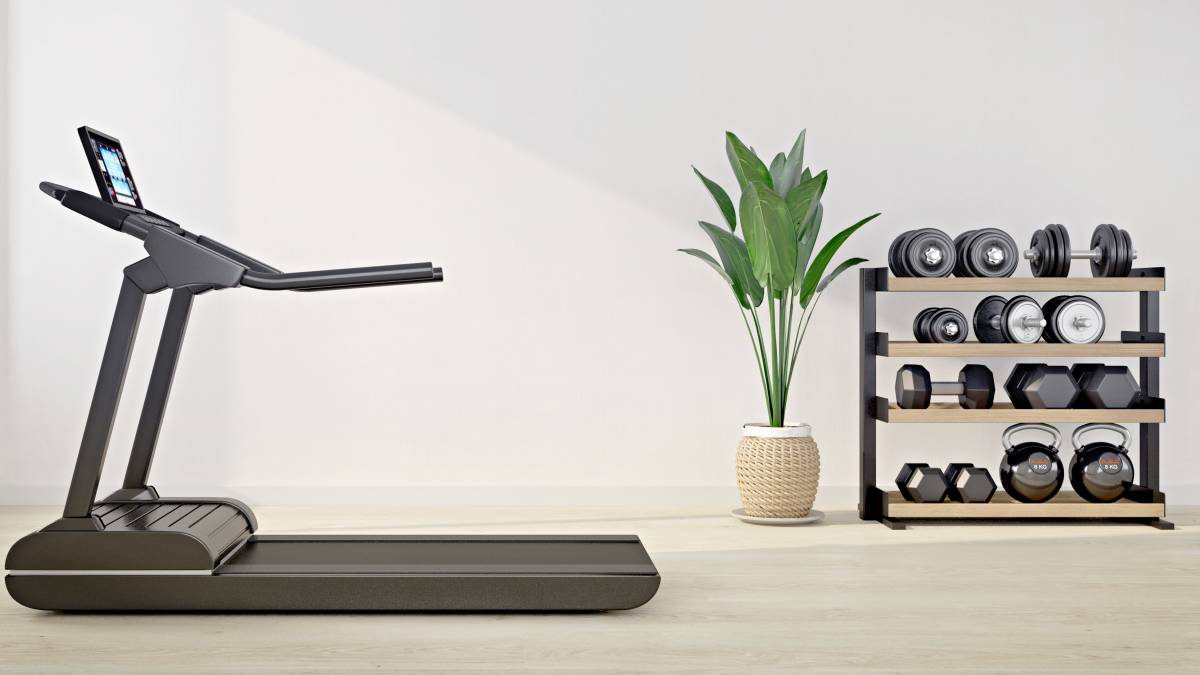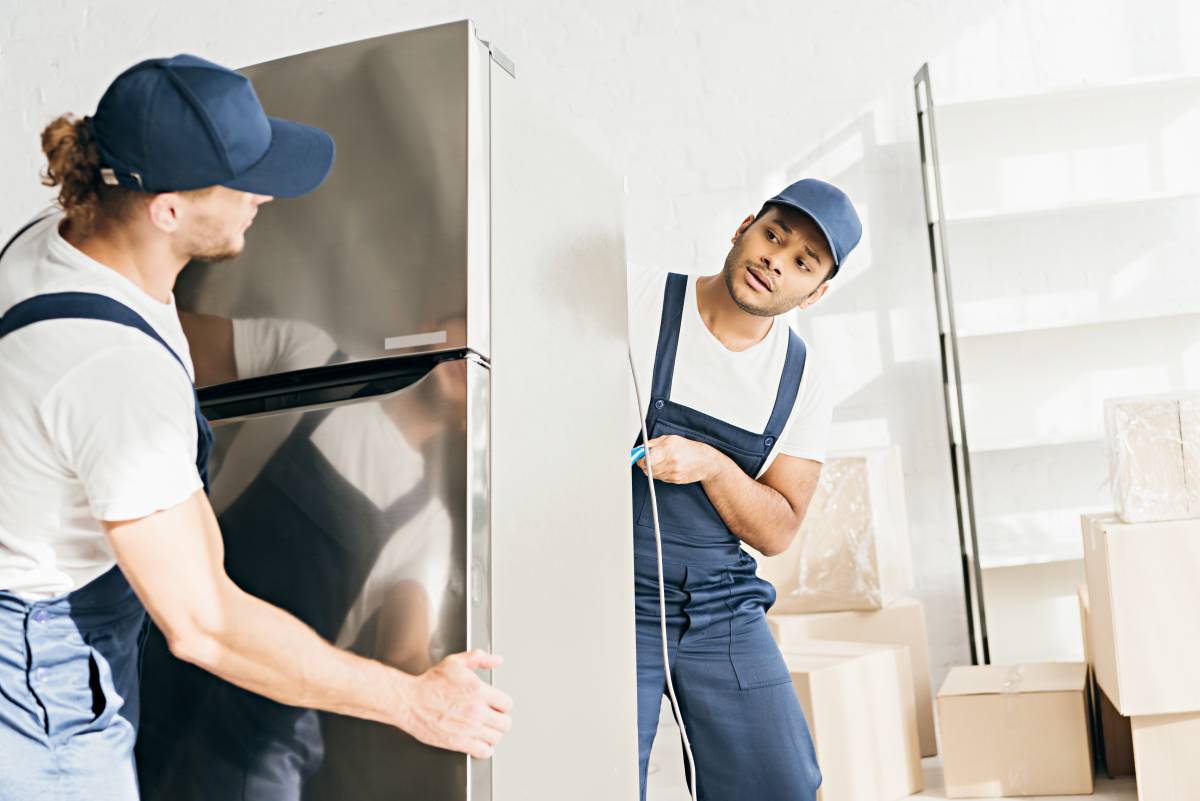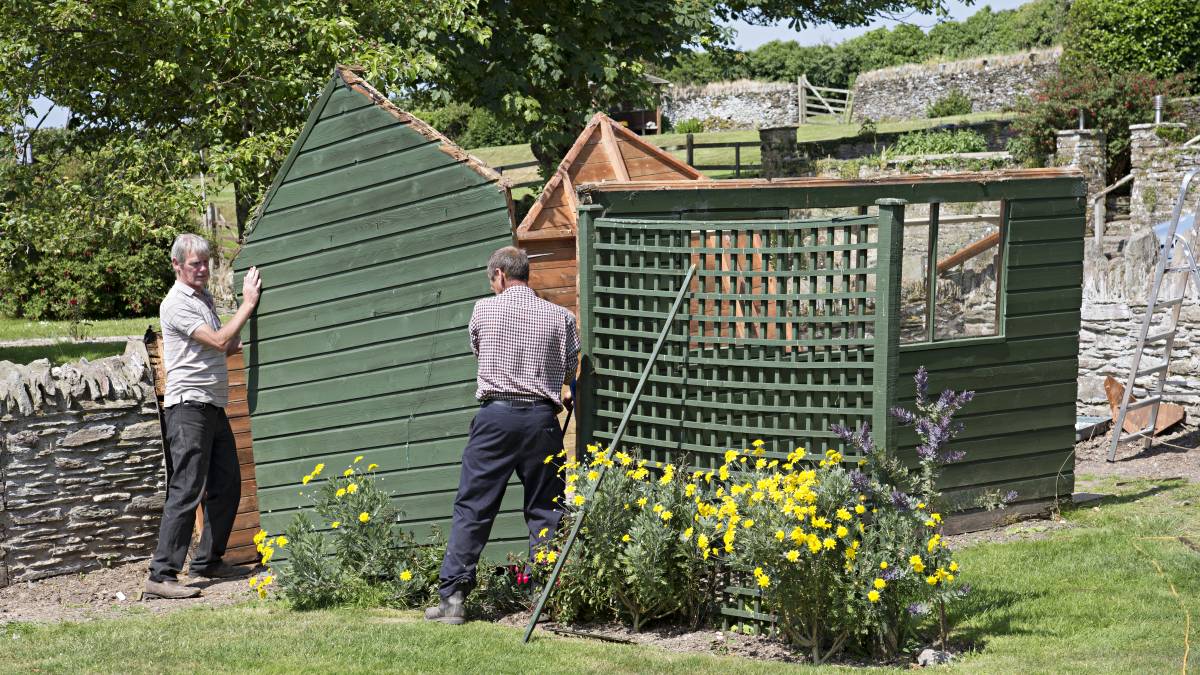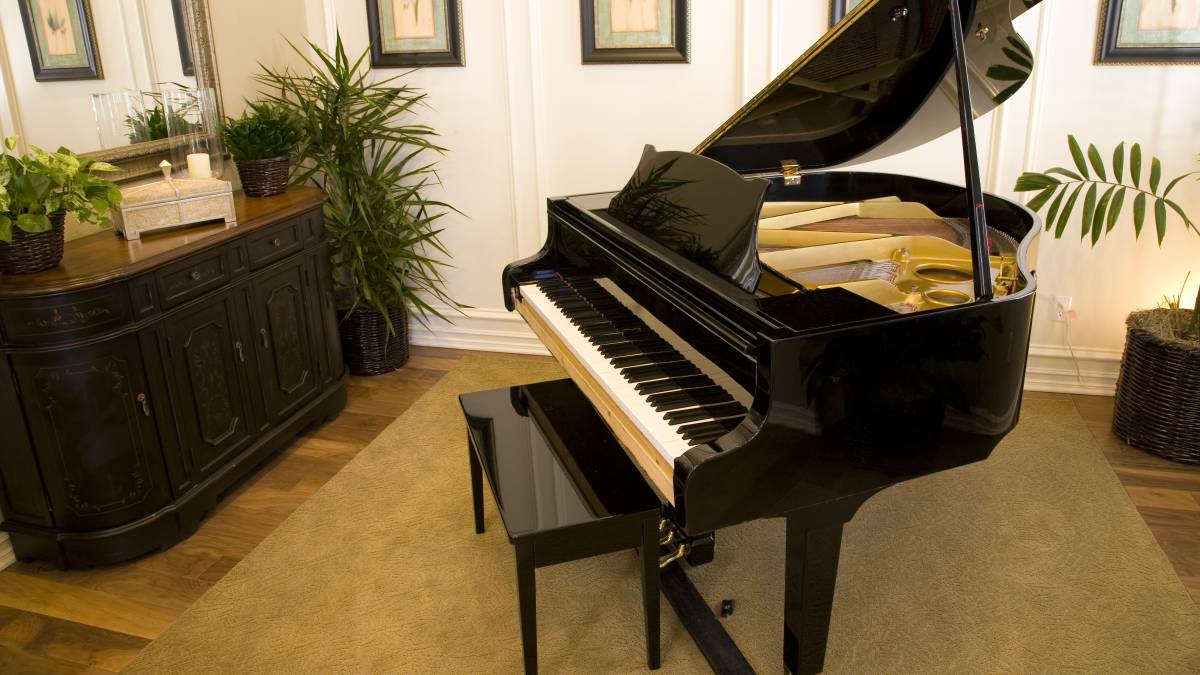- Home/
- Guides/
- Furniture Movers/
- How to Wrap Furniture
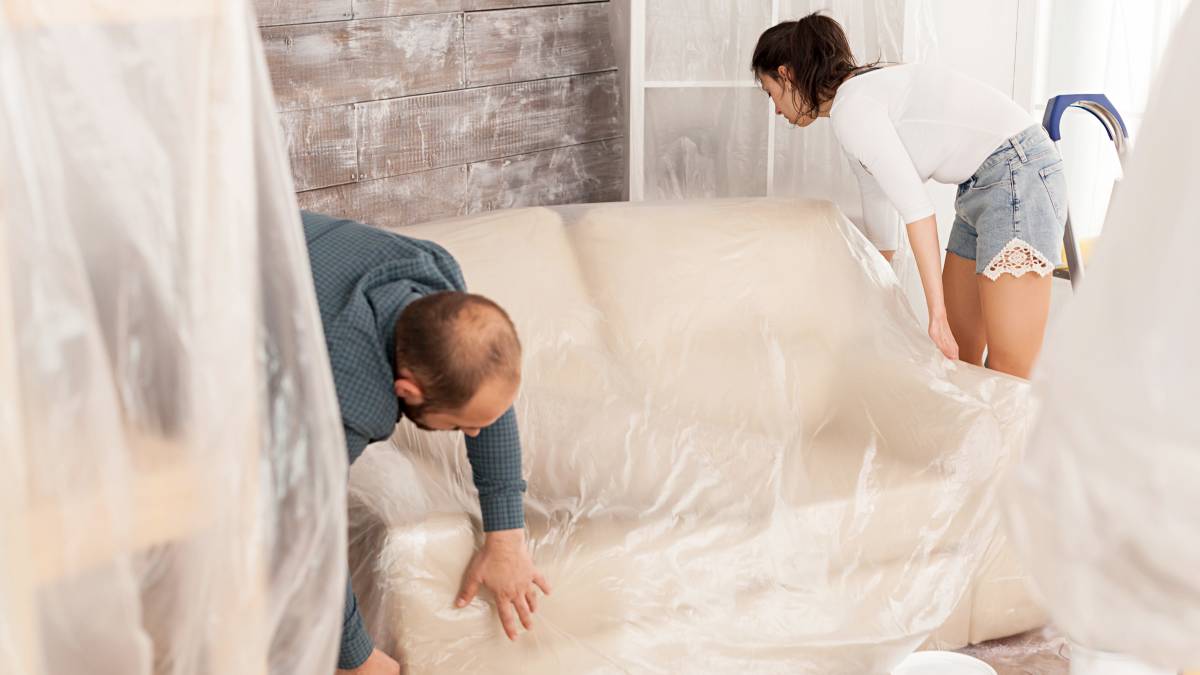
Last Updated on
Moving can be the beginning of something new. It’s exhilarating, making you feel like you’re moving on to better, brighter things. Unfortunately, it’s also a task that requires much time and effort. To make sure all your stuff arrives in one piece, here are some tips on how to wrap your furniture for moving.
Preparing to wrap furniture for moving
How do you wrap furniture for moving? Here are quick tips to get you started:
Things you’ll need:
Furniture pads or blankets
Bubble wrap
Packing tape
Plastic wrap for furniture
Markers
Things to do:

Before wrapping furniture, make sure to clean it. Remove any dust or debris to help prevent damage to the finish.
If possible, disassemble the furniture into smaller pieces. It makes it easier to wrap furniture and reduces the risk of damage during the move.
Measuring your furniture ensures you have enough materials to wrap it properly. You would not want to run out of supplies halfway through the job.
Remove loose or fragile parts. Glass tabletops or shelves can be challenging to pack. Instead, wrap them separately with bubble or other protective wraps before moving.
Clear the path you’ll take to move the furniture out of your home. This will prevent accidents or damage to the furniture.
It’s never a bad idea to prepare. It makes your entire move smoother, and you’ll have an easier job when wrapping furniture for moving.
How to shrink-wrap furniture for moving
Cover your furniture with shrink wrap or furniture wrapping - Start at the bottom of your furniture and work your way up. Secure the shrink wrap tightly around your furniture, covering all sides. You can use tape to keep the wrap in place if needed.
Add extra padding - If you have delicate or fragile items, add extra padding before covering them with shrink wrap. Bubble wrap, furniture pads or blankets, packing paper, and foam padding are all excellent options.
Heat the shrink wrap - Use a heat gun or a hair dryer to make the shrink wrap cover your furniture tightly. This ensures your furniture is snuggly wrapped and ready for packing.
Label your furniture - Use a marker or label maker to label it with its contents or the room it belongs in. This will make it easier to unpack later.
Move your furniture - Once wrapped in shrink wrap, it’s ready to be moved. Be sure to use proper lifting techniques and ask for help if needed.
What’s the best way to wrap furniture for moving?
When you need to move, packing furniture is your top priority. You could either do it yourself or hire professionals to do it for you. If you haven’t decided, here are a few points to consider:
DIY method:
You’ll need to learn how to wrap furniture for moving.
You’ll need to do it yourself or get family and friends to help.
Costs can be minimized when you buy all the materials for packing.
Going DIY means all the work, from wrapping the furniture to packing and moving, might take a while.
Wrapping and packing furniture yourself ensures everything is done how you like it.
DIY furniture packing can be physically demanding.
Professional method:
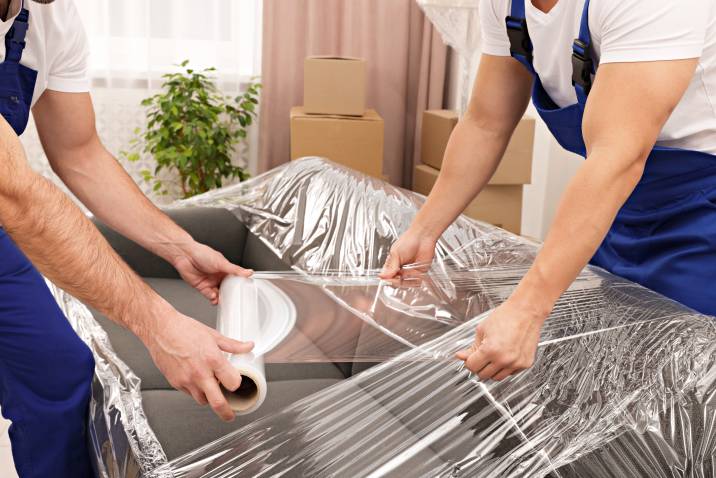
Professionals have experience in packing and moving furniture.
Moving companies and professionals usually provide materials such as plastic shrink wrap for furniture, furniture pads, and other things to wrap your furniture.
Professionals will most likely have the necessary equipment and tools to move your furniture safely, such as dollies and furniture sliders.
Prepare to pay a bit more than doing it yourself.
Hiring professionals will do the job faster, and you won’t have to exert yourself physically.
Achieve a stress-free move with Airtasker
Instead of mastering how to wrap furniture for moving, the best option is hiring experienced professionals. Doing so can save you time and give you peace of mind. You won’t need to stress over packing valuable or fragile items, especially during long-distance moves.
Simply log on to Airtasker and post a task with your moving details. You should receive quotes from nearby Taskers, which you can review before accepting an offer. With Airtasker’s network of movers, your relocation won’t be much of a problem.
FAQs
The best material for wrapping furniture is bubble wrap, as it has a thick layer of cushioning that helps protect items from scratches and dents. Packing paper can be used to provide extra protection. Combined with bubble wrap, it can ensure that furniture items are adequately covered and remain secure during transit.
Generally, it is unwise to store furniture wrapped in plastic, as this can create an airtight seal around the furniture, causing mildew and mould growth. Instead, bubble wrap or cloth should be used, as these materials will keep the air circulating. Additionally, store items out of direct sunlight and away from moisture sources to minimize the risk of damage.
Find furniture movers, fast
Find a furniture mover
Related articles

Moving out of state checklist
Read more

The ultimate packing and moving list
Read more

Moving interstate checklist
Read more

What movers won’t move
Read more
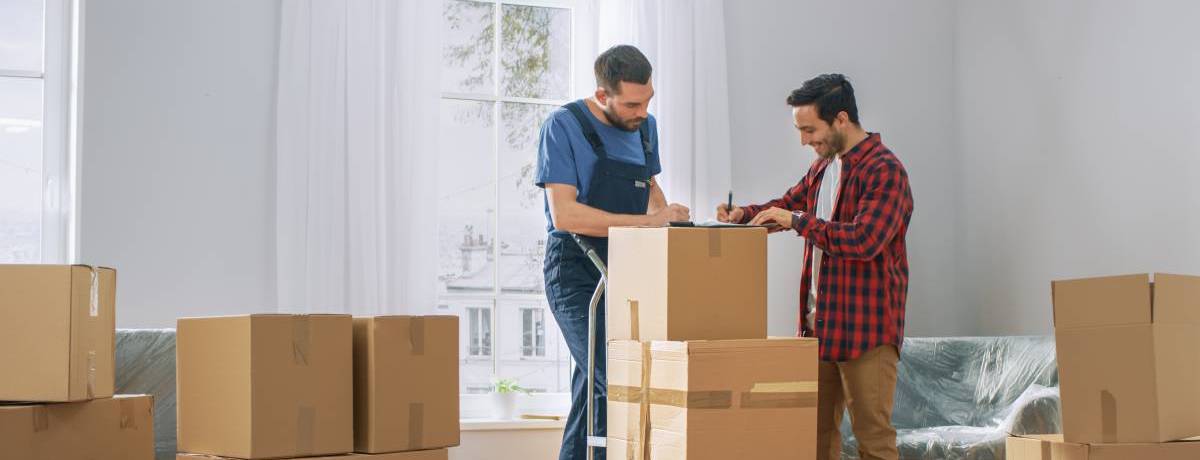
A guide to becoming a mover
Read more

How much do movers make?
Read more

Tips for moving house with kids
Read more
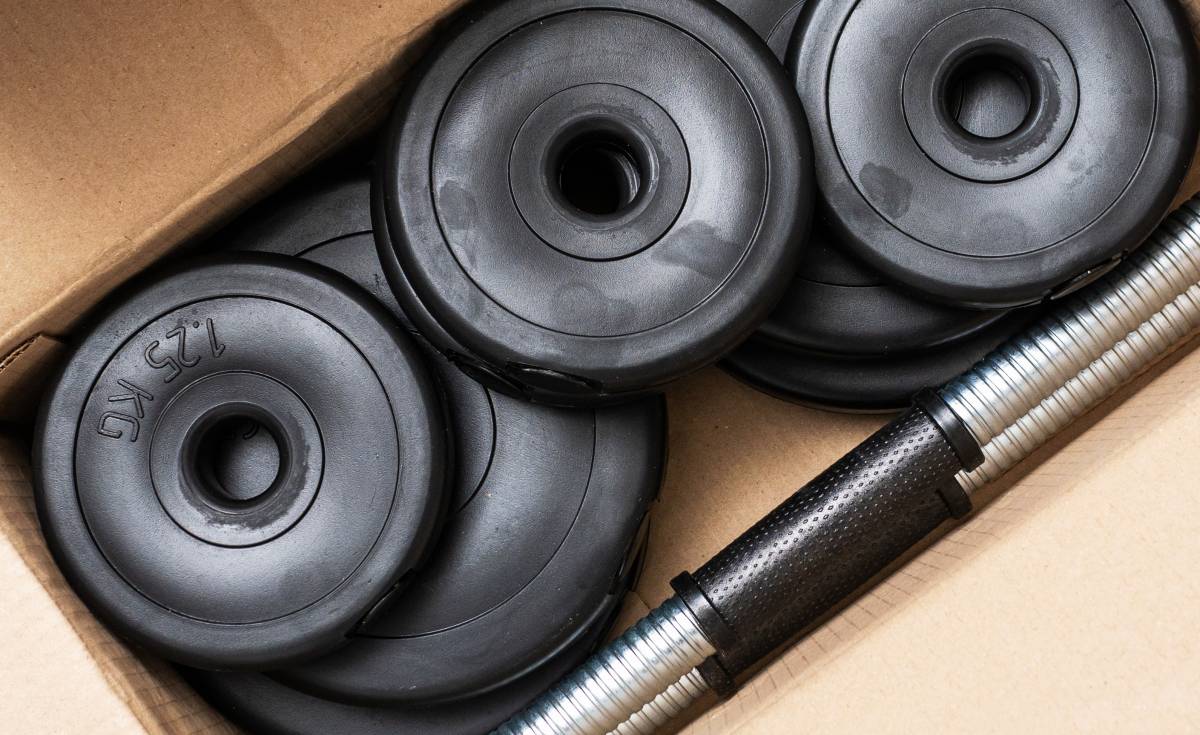
How to move gym equipment safely
Read more
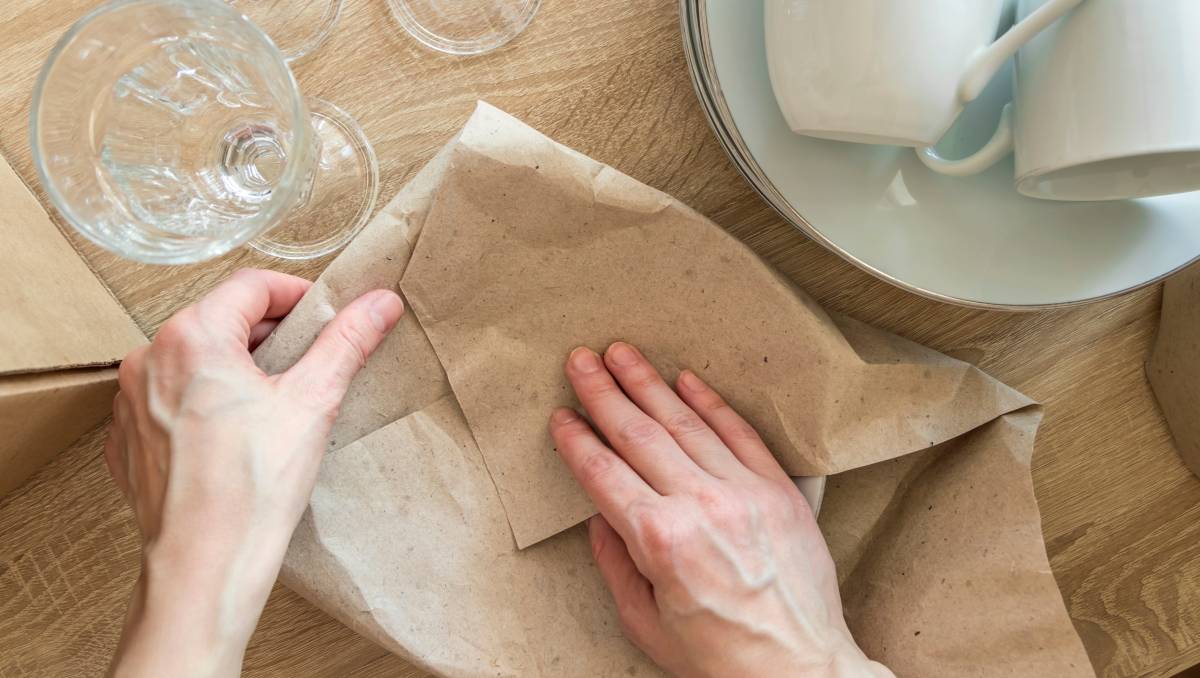
How to pack kitchen items
Read more

How to pack books for moving
Read more

How to pack artwork for moving
Read more
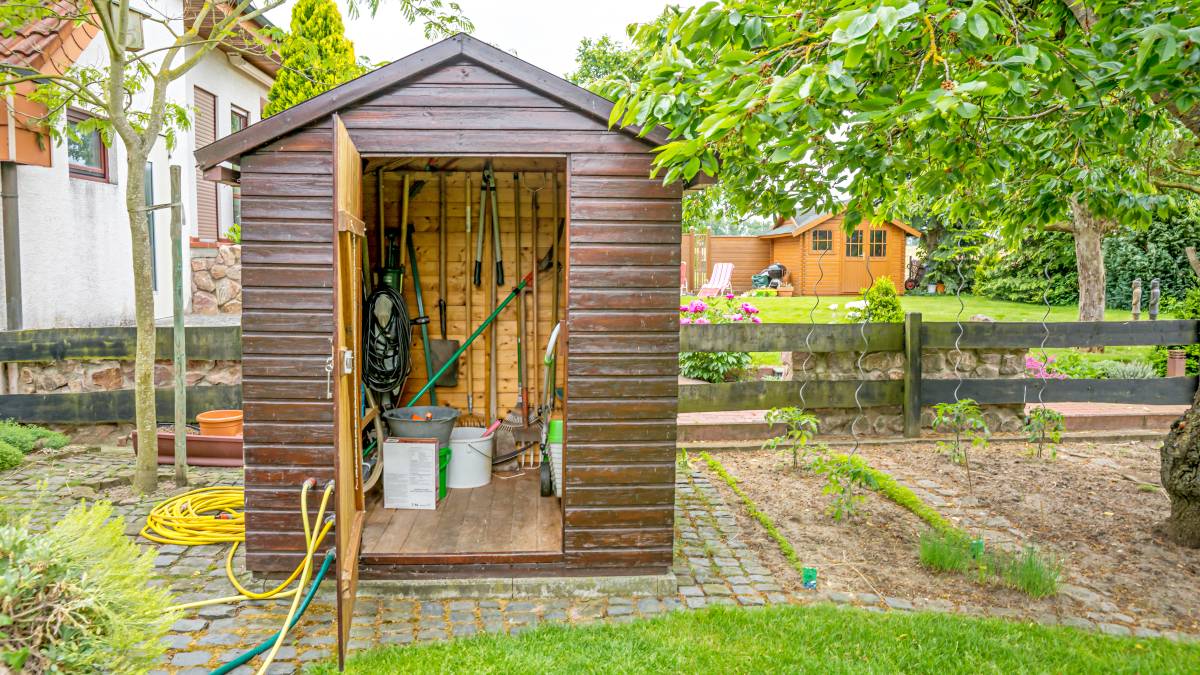
How to move a shed
Read more

How to move a pool table
Read more
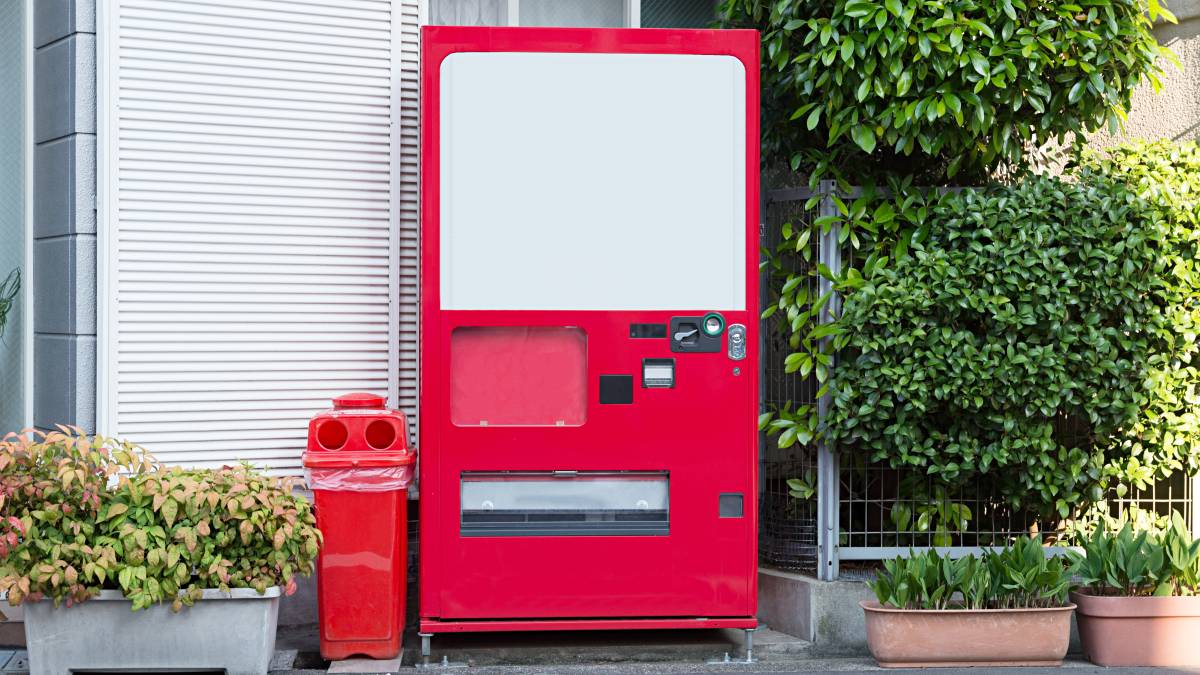
How to move a vending machine
Read more

How to move a washing machine
Read more

How to pack bedding for moving
Read more

How to move a pinball machine
Read more

How to pack a moving truck
Read more
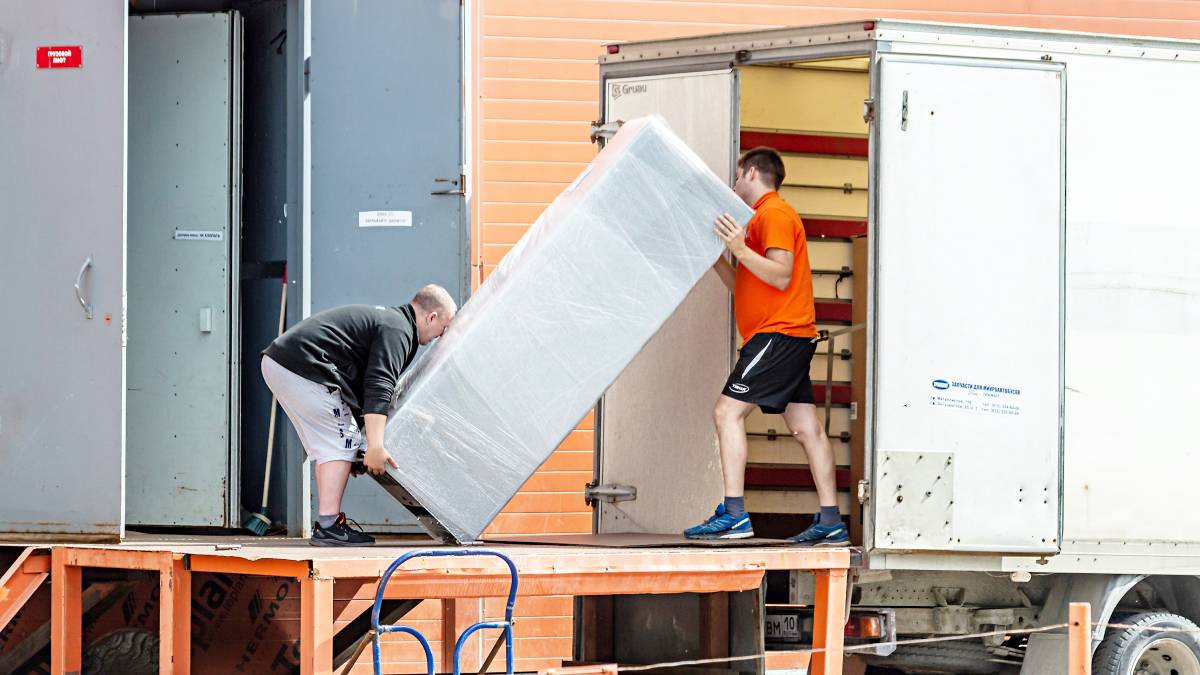
How to move a refrigerator
Read more
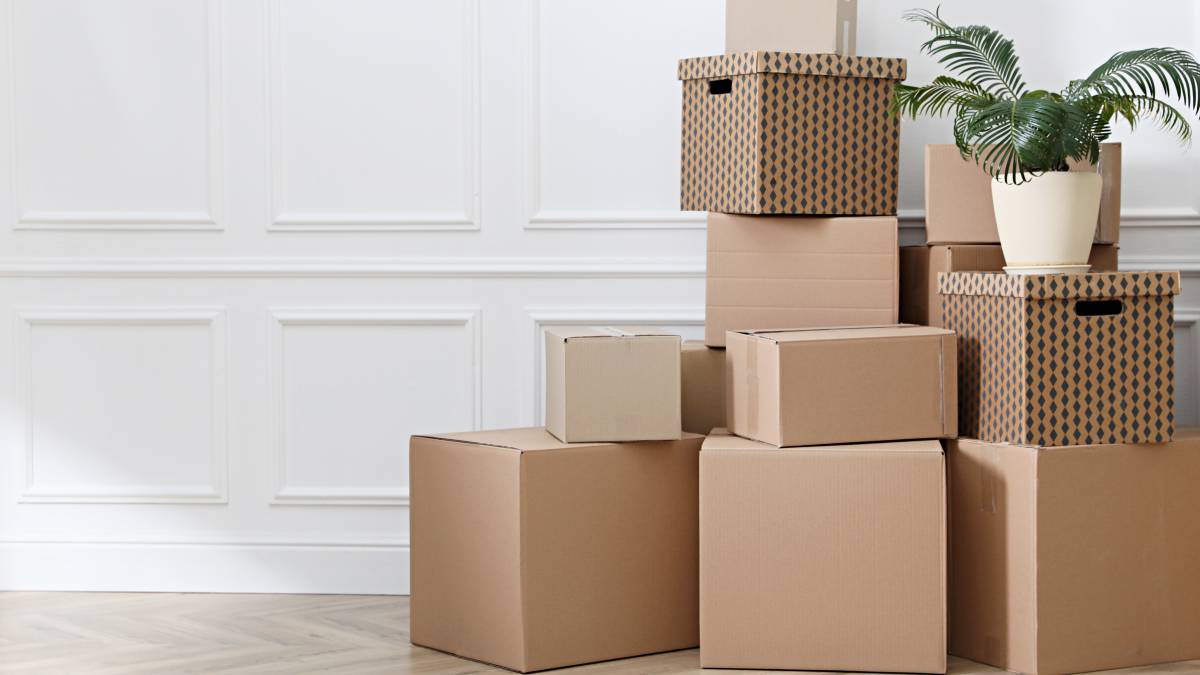
Where to get moving boxes for free
Read more
Related price guides
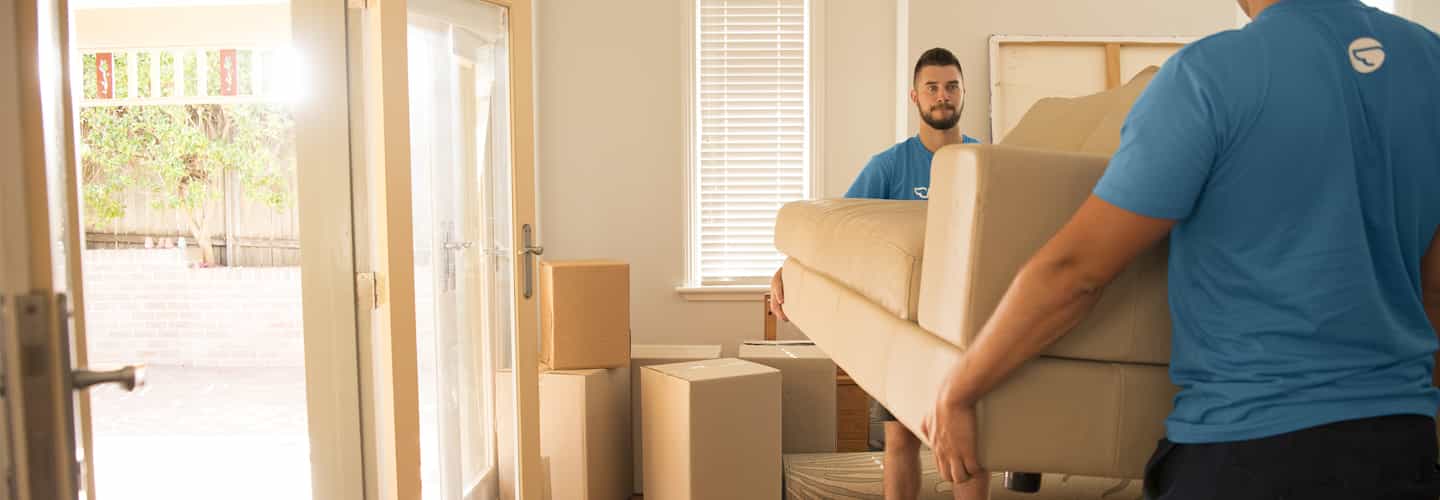
How much does a removalist cost?
Read more

How much does mattress removal cost?
Read more
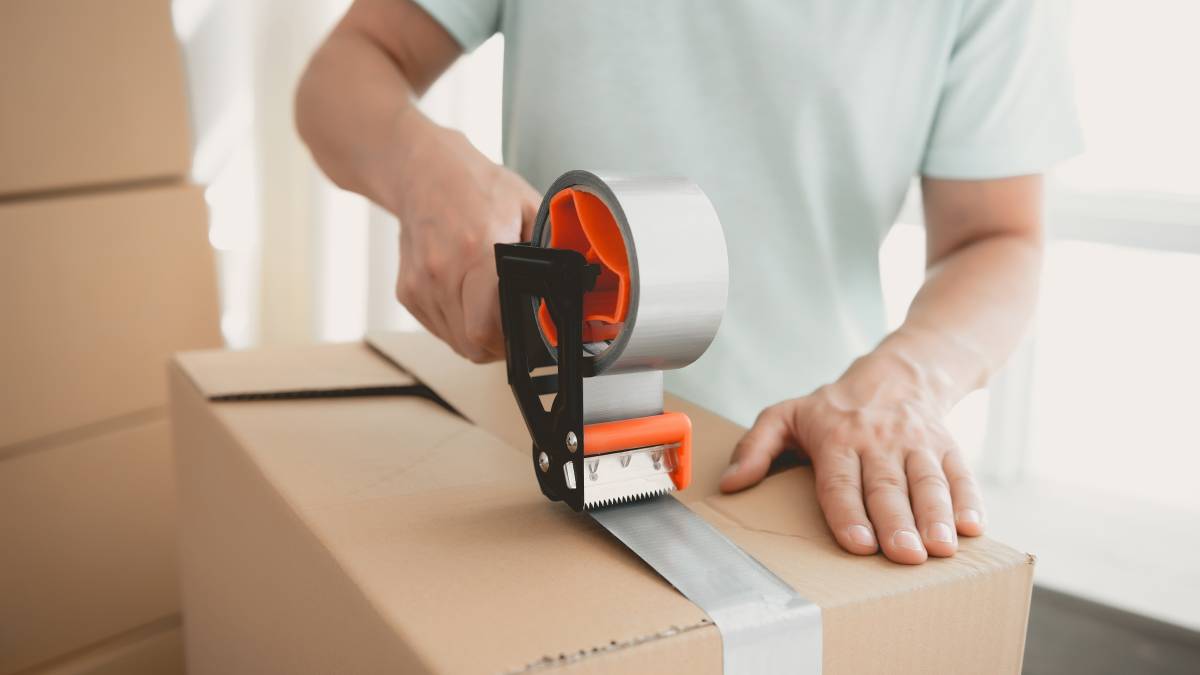
How much do packers cost?
Read more
